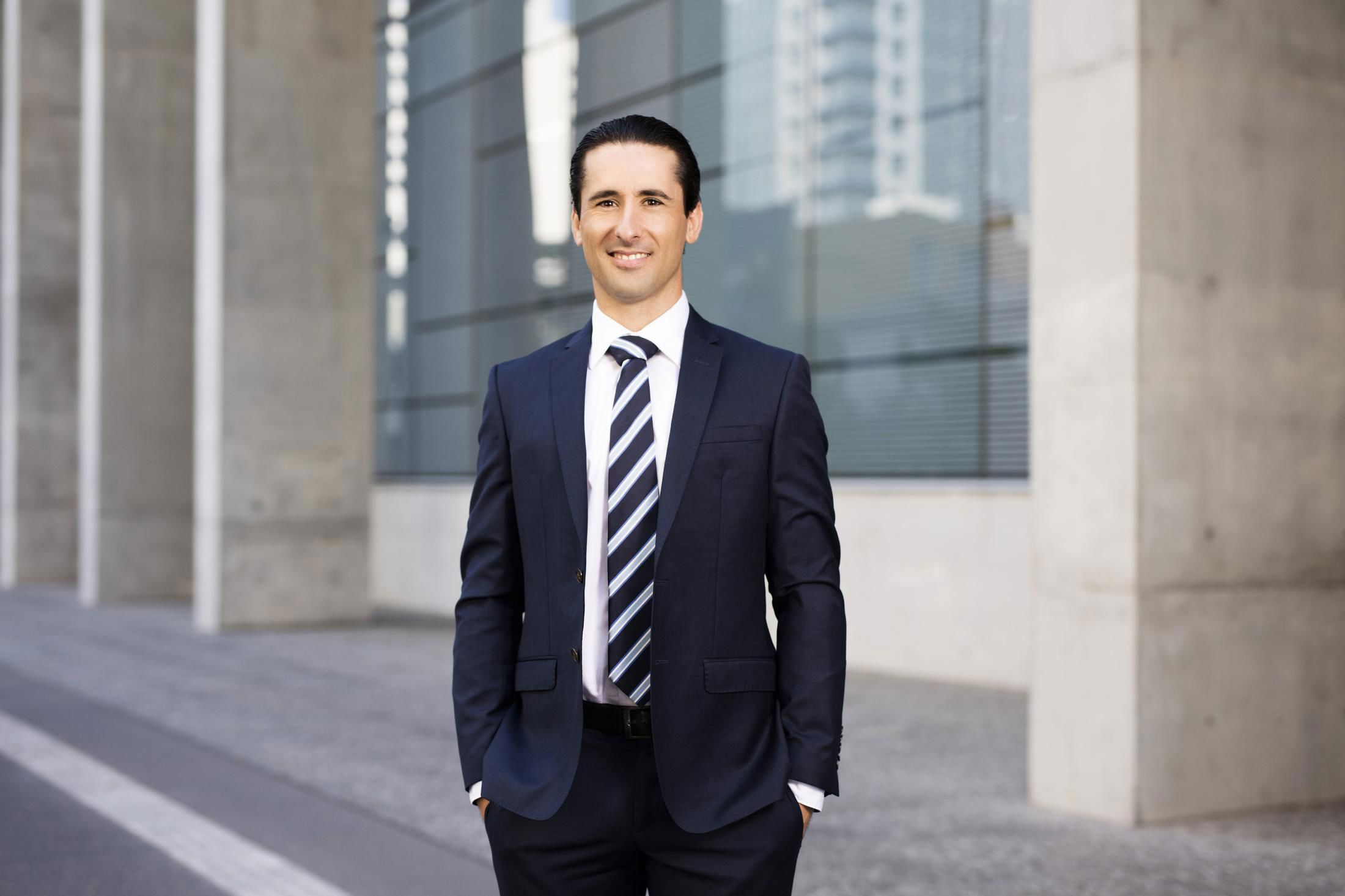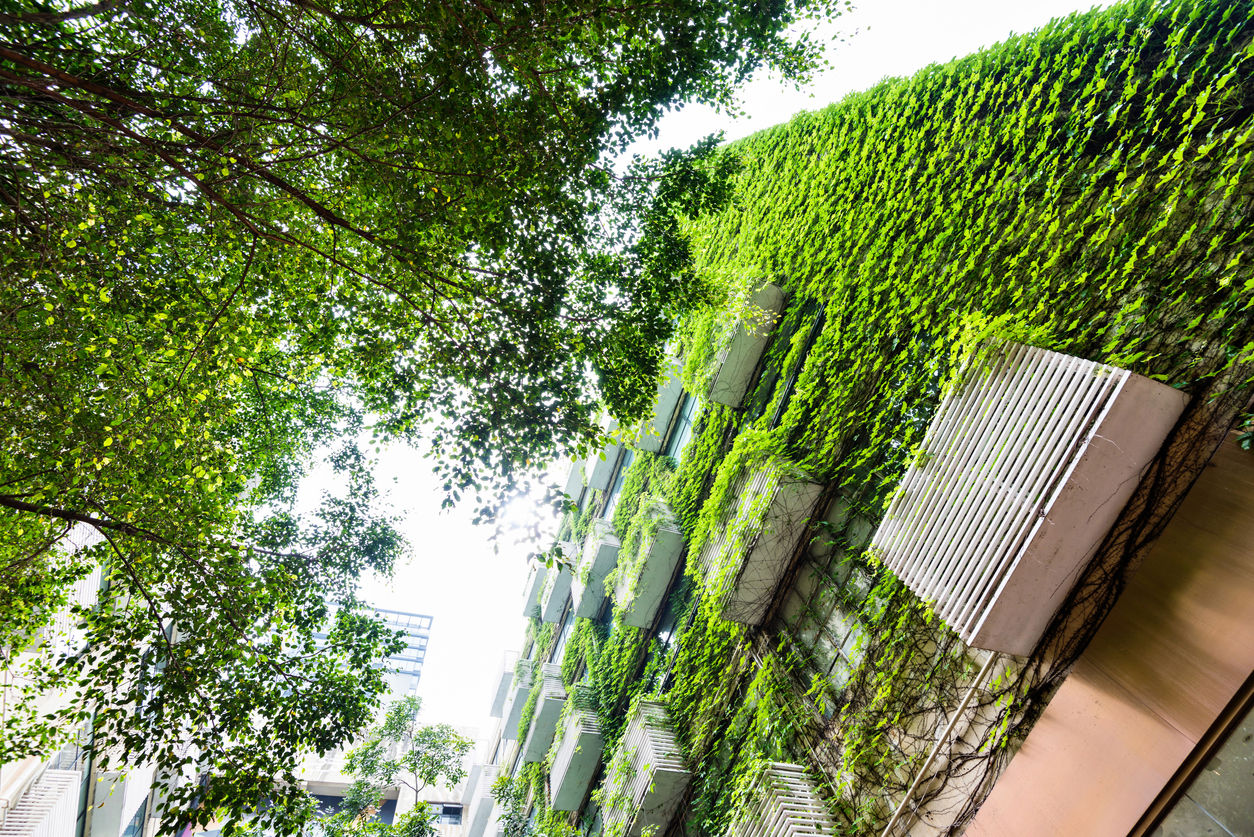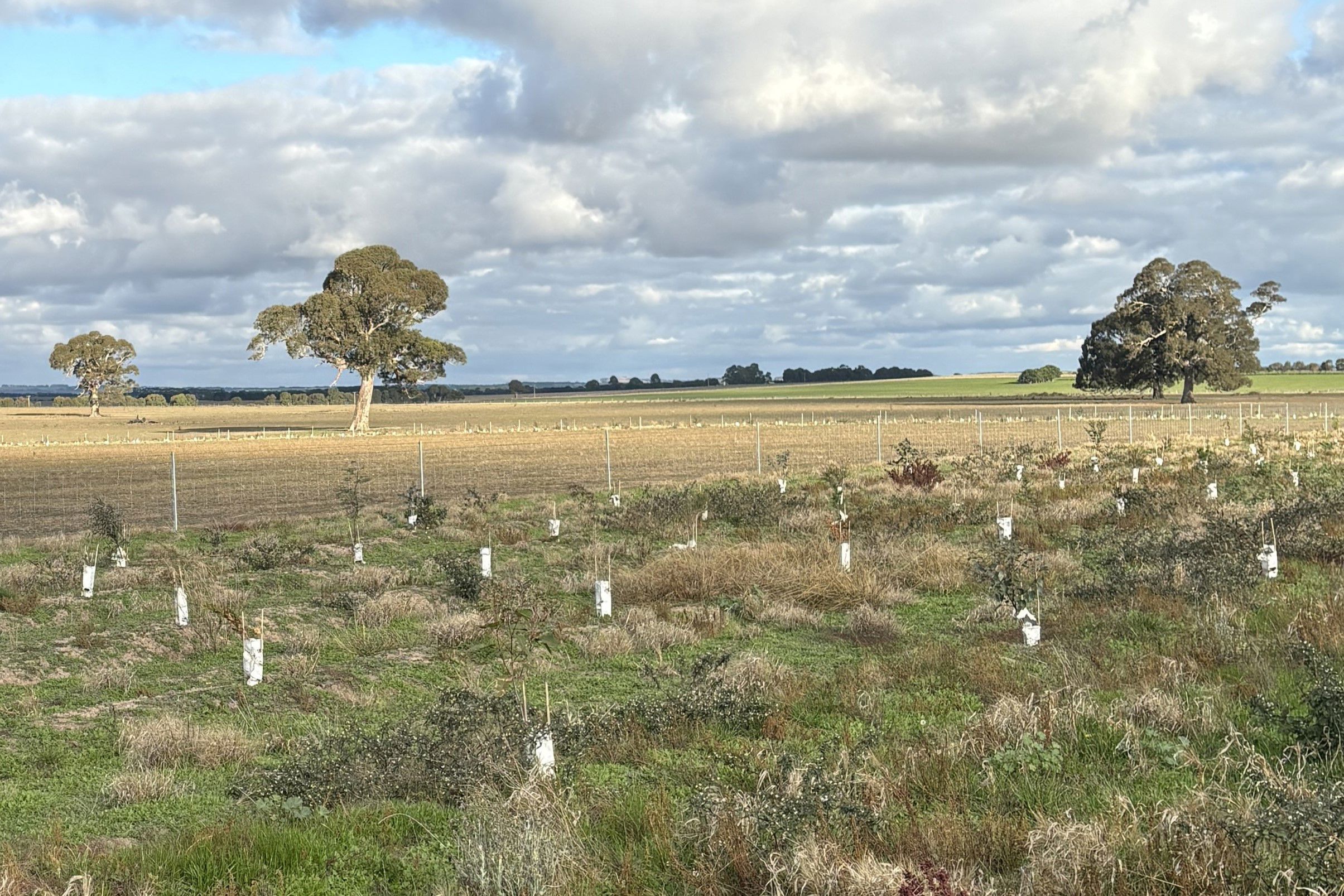Repurposing Buildings: The ESG Endgame

This article originally appeared in i3 and is republished with permission.
13 March 2024
Repurposing Buildings: The ESG Endgame Retrofitting
Costs vs Stranded Asset Risks
By Florence Chong
As the world inches towards net zero, the pressure on building owners and their asset managers to turn their brown buildings green increases with each passing year.
In Australia, the problem – and the cost – of converting the bulk of the building stock in central business districts alone will run into many billions of dollars, with up to 80 per cent of existing office buildings needing to be retrofitted to meet new green standards.
Commercial and regulatory imperatives have coalesced to drive, what is called, a “brown-to-green” movement to keep assets relevant in a greener world.
For both tenants and buyers, the true worth of an asset can often come down to how sustainable an asset is, and whether it risks becoming a stranded asset as the world moves on to green buildings with the right ESG credentials.
Few investors are better-placed than Australia’s own green bank, the Clean Energy Finance Corporation (CEFC), to appreciate the risks and the need to retrofit buildings and to future-proof them.
The brown-to-green message is gaining currency with investors.
Sydney-based Investa Property Group recently established a brown-to-green platform with Built, a builder well-credentialled in this form of project, to turn older buildings into assets fit for the future.
Known as Sustainable Adaptive Reuse the new Investa-Built venture has been set up to seize the opportunity created by repurposing “ESG-obsolete” CBD office buildings into sustainable A-grade commercial office complexes.
At the launch of the new venture, Pete Menegazzo, Chief Executive Officer of Investa, said the idea had ‘already resonated with investment partners’ and a number were actively engaged in reviewing opportunities.
Brett Mason, managing director of Built, said his company had proven the success and increased demand for the brown-to-green approach through its own experience with boutique developments.
Asset owners share the same sustainability mindset. In a recent interview with [i3] Insights, John Longo, Head of Real Estate at Cbus Super, said energy efficiency (as identified in the NABERS ratings), is highly regarded from an investment point of view. Cbus owns office and other commercial assets held in Cbus Property (its construction arm) and ISPT (its co-owned property asset manager).
The challenge is not to add carbon input into an asset, and one way of doing this is through refurbishing rather than demolishing buildings, Longo said. “I do think going forward that people will be looking closely at refurbishment. This is the trend overseas.”
Michael Di Russo, Head of Property at CEFC, is leading the push to greenify buildings. “Absolutely, there is more focus on this today than three years ago. The role of ESG in real estate has matured and is being recognised not only as an enhanced approach to quantifying the value proposition being delivered but also as a clearer way to measure the relevant risks of a transaction.
“ESG-led strategies have coincided with significant growth in interest from all forms of capital, including banks, which are clearly seeing sustainable finance as an area towards which they are allocating more of their capital.”
Di Russo says: “With current market dynamics we are seeing in the office sector softening values supporting a wave of repositioning investment strategies. This is nothing new, but what is different is the focus on ESG, with brown-to-green leading the discussions.
“Who we are engaging with has also changed from just institutional managers to the whole market this time round – covering everyone from privates, SMEs and banks, which talks to the breadth of the market.”
He says that, in the current environment, repositioning assets is going to provide a shorter delivery timeframe to market than purchasing and developing a new site. Di Russo explains that pricing reductions across the office market are starting to create an entry point potential for value-add funds.
These funds recognise the ability for brown-to-green strategies to drive alpha return as well as appealing strongly to investors’ commitments to sustainability under their broad ESG umbrella.
Today’s market uncertainty will create further pressure on supply and demand for green space, which is continuing to grow as highlighted by JLL, which is predicting a spike in demand for space in sustainable buildings through to 2030. The global property consultant’s research shows that repositioning existing buildings is going to be ‘a timelier process than building a brand-new office’.
In a recently-published paper, the International Finance Corporation (IFC), the commercial arm of the World Bank, says that the greening repositioning of buildings will achieve a 10 per cent reduction in operating costs and a 9 per cent increase in value.
IFC comments: “In a falling market, there should be less risk and there is always tenants’ flight to quality. So compared with peer assets these assets should outperform. Improving market capital is competing for better-positioned assets.
“The value benefits from operation and the positioning from the rest of the market. You can quickly see brown-to-green strategy is evident in how they position themselves against other products that are in the market.”
Di Russo adds: “Globally, we know buildings are responsible for 28 per cent of energy-related emissions. The International Energy Agency says that to decarbonise global building stock, it estimates that by 2050 a quarter of the reduction is going to come through from further energy-efficiency, a further 30 per cent from plugging into renewable energy sources, and 45 per cent is going to come from electrifying the buildings to wean them off fossil fuels.
“We are not going to achieve our decarbonisation targets by only building new,” he says. The IEA report acknowledges that existing buildings are critical to the solution and highlights the areas which need to be focused on. Brown-to-green strategies in the market are taking advantage of this to ensure the assets are repositioned to be future-ready.
“Ultimately, we look at the scale of the commercial real estate market in the Australian context – it has an investable universe of around $1 trillion. We are pretty comfortable that most of those assets are going to have to be repositioned before 2050.”
JLL says 3 per cent of all office stock in Australia must be repositioned every single year. “We are only repositioning 1 – 1.25 per cent, and that is general repositioning, not with a straight ESG focus,” says JLL’s research team.
Di Russo says: “We know that, nationally, close to three-quarters of existing office in central business districts is below 5.5 star. The vast majority, if not north of 95 per cent, of these have gas in them, especially in NSW and Victoria. If you look at what needs to be retrofitted, and how many of those assets will still be standing in 2050, I would say that most if not all of these assets will have to have a brown-to-green repositioning play in the next two decades.”




